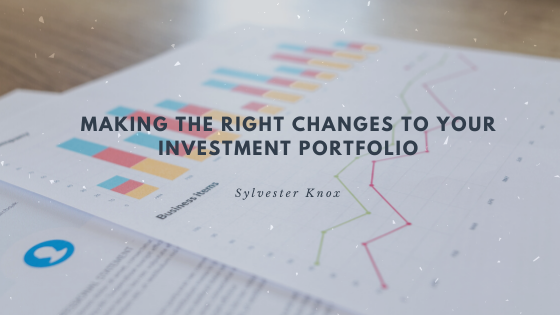Risk is an investment factor that changes within every moment of a live market of financial transactions. Natural disasters, market crashes, and the gossip of military action shift the prices of global investments all the time.
Rapid-price changes invite unfettered emotions into your investment mind.
Every investor has within them the hope of profiting or keeping their funds from loss. Maintaining a stronghold on your emotions is possible when you can adjust your strategies. You might have long-term ideas about how you should handle your trades, but live-price action can invert fast, so your investment strategy must be flexible.
Think of It—Your Portfolio Needs Steady Maintenance
The best way to adjust your financial portfolio is by looking at it through the perspective of maintenance. If you’re regularly “cleaning out” your finances, then your routine financial auditing puts you in the position to cut losses or build your gains higher. Casually checking your investments gives you the oversight to keep losses at bay.
Rebalancing a Portfolio
Rebalancing traditionally deals with the adjustments you make within the ratio of stocks versus bonds that you own. By “rebalancing,” for example, you acquire more stocks for short-term profits and fewer bonds for a long-term return on investment. Here are some maintenance steps that enable you to manage more than stocks:
Structuring Your Strategy
Real estate, rare wine, and gold are all investment assets. Your strategy in buying financial assets is often tied into the value those assets hold or might have in the future. Try restructuring your financial approach if the conditions you had in mind haven’t become a reality.
Cutting any Losses
The best step to take when you incur losses is to admit the loss. Holding onto a financial deficit is detrimental to your emotional health.
Monitoring Progress—Thinking of Retirement
In most cases, you don’t have to deal with volatile-market conditions all of the time. Monitor your investment portfolio just to ensure that your profiting assets are still doing well. Keep in mind what your overall objective is as you adjust your financial strategies; knowing why you’re ultimately investing can lead you into the right decisions.

